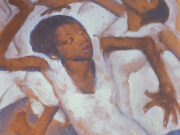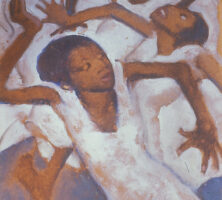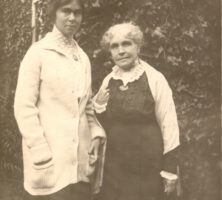Hilda Belcher, a native of Vermont, began a long association with the state of Georgia in 1913, when she was commissioned to paint a portrait of a Savannah resident. She returned to Georgia throughout her career in order to paint commissioned portraits and to portray the African American community of the region. Belcher is best known for her watercolors, a medium in which she was self-taught.
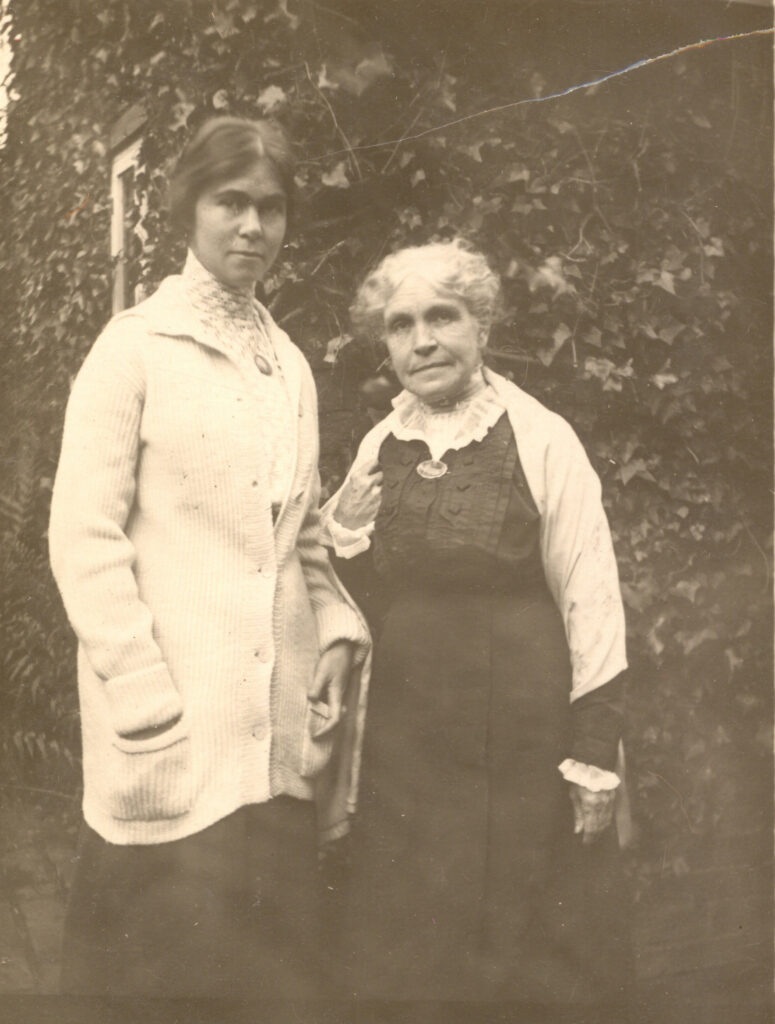
Reprinted by permission of the Belcher family
Born in Pittsford, Vermont, on September 20, 1881, Hilda Belcher and her younger brother, Stephen, were the children of Martha Wood Belcher, an artist, and Stephen Paterson Belcher, a manufacturer of stained glass. When the children were teenagers, the family relocated to Newark, New Jersey, but retained their Vermont home, which was designed by Martha Wood Belcher. Upon graduating from Newark High School (later Barringer High School) in 1900, Belcher moved to New York City to further her education.
From 1900 to 1904 Belcher attended the New York School of Art, where she studied with William Merritt Chase, Kenneth Hayes Miller, and Robert Henri. She considered Henri her mentor, and her paintings reflect his intense focus on everyday subject matter painted in a vivid, realistic style. Belcher also studied under George Luks and George Bellows. Vibrant colors, broad brushstrokes, and a sensitive portrayal of people, especially children, are the principal hallmarks of her work. Her later work, especially of the 1930s, reflects the interest of many American artists at that time in painting people and places distinctive to particular regions of the country.
Never married, Belcher lived with her mother after her father died in 1906. About this time, she became increasingly adept at watercolor, a discipline she had not studied formally. She and her mother subsequently embarked on several extended trips, traveling to Italy, England, and Wales in 1910; the Rocky Mountains in the western United States in 1912; and Europe, for an eleven-month tour, in 1913-14.
In 1907 Belcher became a member of the New York Water Color Club when her painting The Checkered Dress was submitted. The work contains a single figure—perhaps Georgia O’Keeffe, although this is not clear—and was reproduced in the journal International Studio. (The painting is housed today at the Frances Lehman Loeb Art Center at Vassar College in Poughkeepsie, New York.) The following year, Belcher won the Strathmore watercolor competition and received prominent publicity as the only female among the contest’s nearly 700 competitors. Belcher’s work was exhibited widely early in her career. Between 1910 and 1915 she had showings in New York City; Chicago, Illinois; and San Francisco, California.
Early in 1913 Belcher traveled to Savannah to execute a portrait commission. Fascinated with the landscape and African American culture of the area, she returned for extended stays. In addition to painting portraits of the city’s socially prominent citizens, Belcher sketched the distinctive landscapes she encountered at Wormsloe Plantation, Bonaventure Cemetery, and Tybee Island. She also produced a significant body of work depicting African Americans at home, in church, and as domestic servants. In 1928, 1933, and 1935, her paintings were exhibited at the Telfair Museum of Art (later Telfair Museums) in Savannah, where she occasionally taught. In Atlanta, she was commissioned by the Georgia Society of the Colonial Dames of America to paint a portrait of Clarinda Huntington Pendleton Lamar, the wife of U.S. Supreme Court justice Joseph Rucker Lamar, which was exhibited at the High Museum of Art in that city.
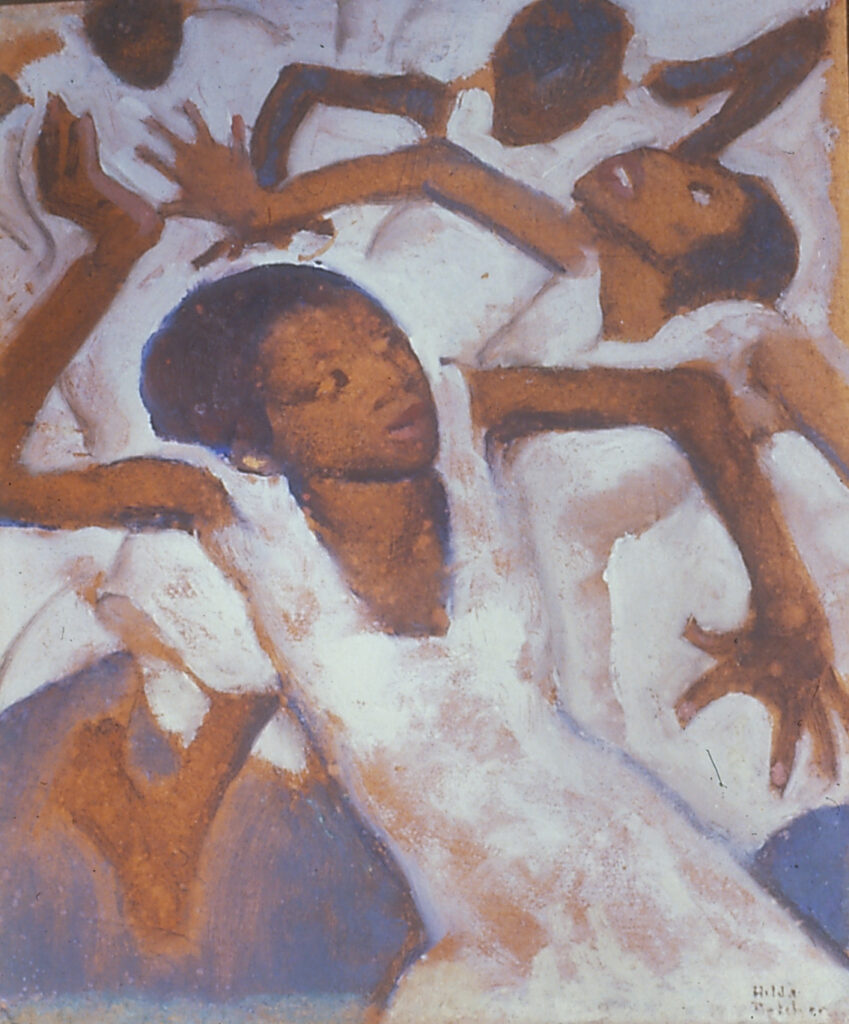
Courtesy of Morris Museum of Art
In addition to commissions, another source of income for Belcher was the publication of her cartoons, caricatures, and illustrations in such popular magazines as American Childhood, Cosmopolitan, Good Housekeeping, The Delineator, and Town and Country, as well as in the catalogs of Sears, Roebuck and Company. Belcher also taught at the Art Students League in New York City from 1910 to 1912, and again from 1918 to 1921.
In 1926 Belcher received the Julia A. Shaw Prize, and that same year she was elected to the National Academy of Design. She achieved full status as an academician in 1932, the year after she won the academy’s prestigious Thomas R. Proctor Prize. She received numerous other prizes over the course of her career and in 1941 was awarded an honorary master’s degree from Middlebury College in Middlebury, Vermont.
Belcher died on April 27, 1963, and is buried in Evergreen Cemetery in Rutland, Vermont. Today her work is found at Middlebury College, as well as at the Morris Museum of Art in Augusta; the Robert Hull Fleming Museum at the University of Vermont in Burlington; the Museum of Fine Arts in Houston, Texas; Newark Museum in Newark, New Jersey; the Pennsylvania Academy of the Fine Arts in Philadelphia; and the Frances Lehman Loeb Art Center at Vassar College.


